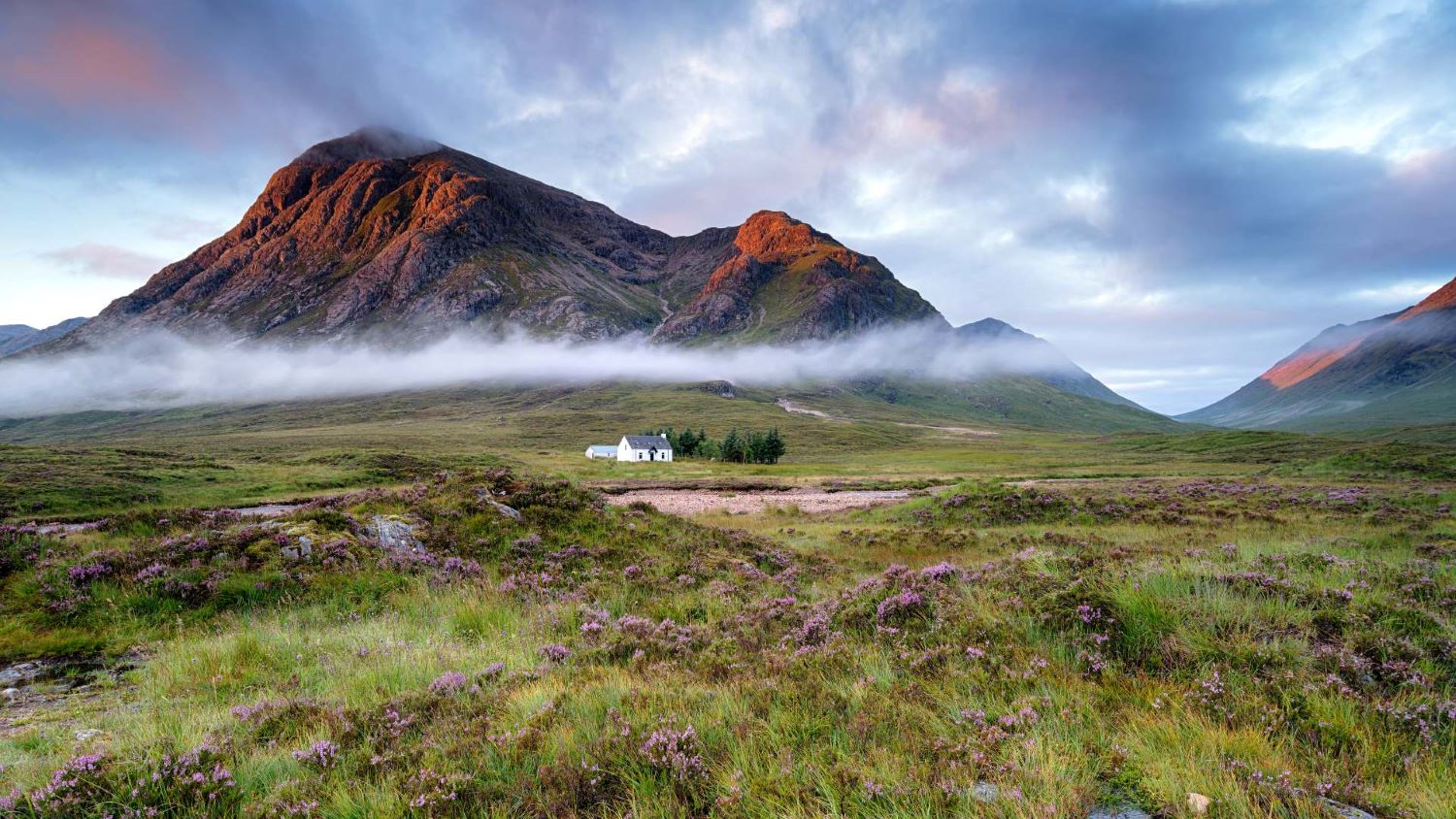5 Things You Might Not Know About Scotland

Scotland, with its rich history, breathtaking landscapes, and vibrant culture, is a destination that captures the imagination of travelers from around the world. While most people are familiar with iconic Scottish landmarks like Edinburgh Castle and Loch Ness, there are still plenty of hidden gems and fascinating facts about this enigmatic country that many may not know.In this article, we’ll delve into five things you might not know about Scotland. From its ancient standing stones to its fascinating inventions and traditions, we’ll uncover unique aspects of Scottish culture and heritage that go beyond the surface. So, whether you’re planning a trip to Scotland or simply have an interest in learning more about this captivating country, join us as we explore the lesser-known side of Scotland.
The Loch Ness Monster isn’t Scotland’s only mythical creature.
While the legend of the Loch Ness Monster has captured the world’s imagination, it’s not the only mythical creature that calls Scotland home. The country is steeped in folklore, with tales of kelpies, selkies, and even shape-shifting witches. These mythical creatures have been part of Scottish legends for centuries, adding an air of mystery and enchantment to the already magical landscape.
Scotland has over 790 offshore islands.
When you think of Scotland, you probably picture rolling hills and picturesque lochs, but did you know that the country is actually made up of over 790 offshore islands? From the well-known islands of Skye and Orkney to the secluded beauty of the Shetland Islands, each island offers its own unique charm and breathtaking scenery. Exploring these enchanting isles is like stepping into a world of rugged landscapes, ancient ruins, and vibrant wildlife.
The national animal of Scotland is the unicorn.
While many countries have chosen real, living creatures as their national animals, Scotland has embraced the mythical unicorn. Considered a symbol of purity and power, the unicorn has been associated with Scotland since the 12th century. It can be seen prominently in various Scottish emblems, flags, and coat of arms, adding a touch of whimsy to the country’s identity.
Scotland has its own unique version of the English language.
Although English is widely spoken in Scotland, the country has its own distinct dialect known as Scots. Scots is a Germanic language with strong influences from Norse and Old English. It features unique vocabulary, pronunciation, and grammar, making it an intriguing linguistic heritage. Even within Scotland, different regions have their own variations of Scots, adding to the diversity of the language.
Scotland is home to the oldest tree in Europe.
Hidden within the heart of the Highlands, lies a remarkable tree known as the Fortingall Yew. Estimated to be over 5,000 years old, this ancient yew tree is believed to be the oldest living tree in Europe and has witnessed countless events throughout history. Its longevity and resilience serve as a reminder of the enduring spirit of Scotland.
Conclusion
Scotland is a country rich in history, culture, and natural beauty. While many people are familiar with its stunning landscapes and iconic landmarks like the Edinburgh Castle and Loch Ness, there are still many intriguing aspects of Scotland that might surprise you.From its unique traditions and folklore, to its important contributions to literature and scientific discovery, Scotland offers a rich tapestry of experiences for travelers. Whether you’re exploring the bustling streets of Glasgow, hiking through the rugged Highlands, or sipping on a dram of whisky at a traditional distillery, Scotland never fails to captivate with its charm.So, the next time you plan a trip to Scotland, be sure to dig a little deeper and uncover some of its hidden gems. You might be pleasantly surprised by the fascinating discoveries that await you.FAQs
1. Is Scottish Gaelic widely spoken in Scotland?
While Scottish Gaelic is an official language of Scotland, it is predominantly spoken in certain regions, such as the Western Isles and the Highlands. English is the main language spoken throughout most of Scotland.
2. Are kilts still commonly worn in Scotland?
Yes, kilts are still a part of Scottish culture and are often worn for special occasions, traditional events, and Highland games. However, in day-to-day life, kilts are not as commonly worn.
3. Can you visit the Isle of Skye without a car?
While having a car offers the most flexibility, it is possible to visit the Isle of Skye without one. There are public transportation options available, including buses and guided tours, that can take you to various attractions on the island.
4. What is haggis?
Haggis is a traditional Scottish dish made from sheep’s offal (heart, liver, and lungs), mixed with oats, onions, and spices, and encased in a sheep’s stomach. It may not sound appetizing to everyone, but it is considered a delicacy in Scotland!
5. Is the Loch Ness Monster real?
The existence of the Loch Ness Monster, also known as Nessie, is a subject of much speculation and folklore. While there have been numerous reported sightings and various expeditions to find Nessie, no conclusive evidence has been found to prove its existence.

